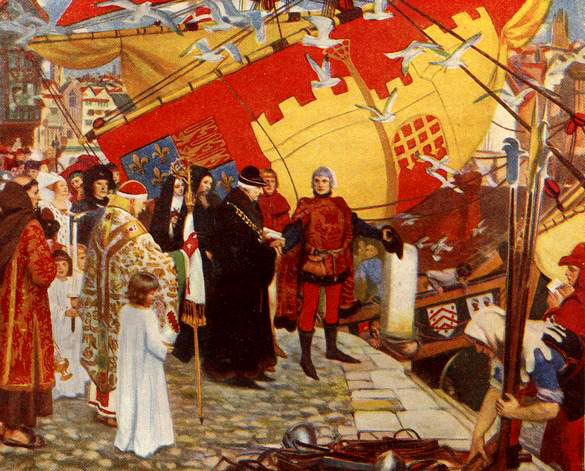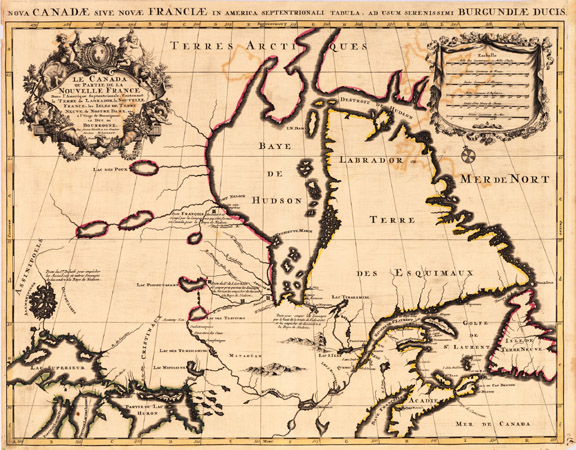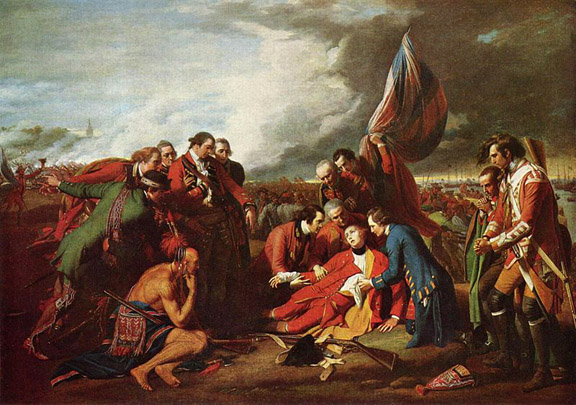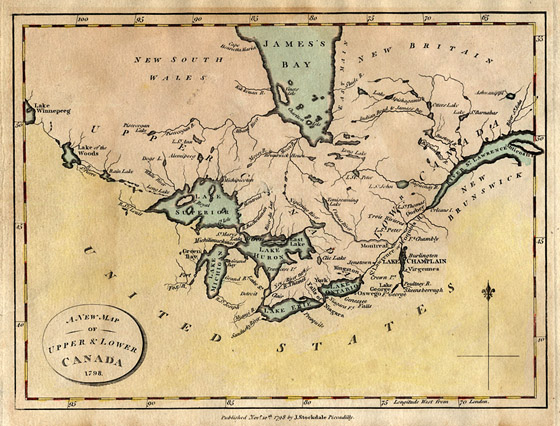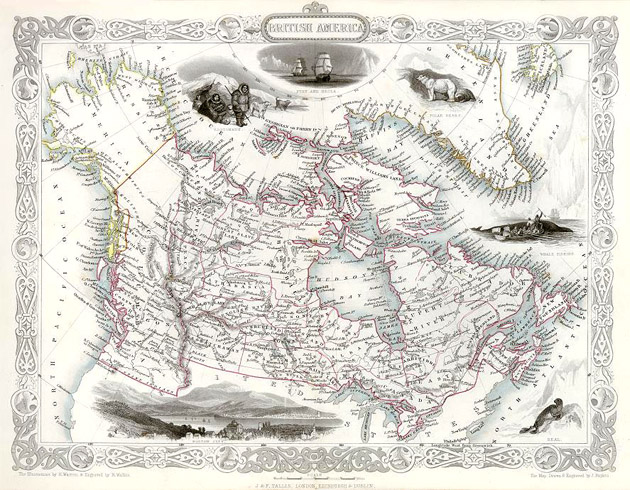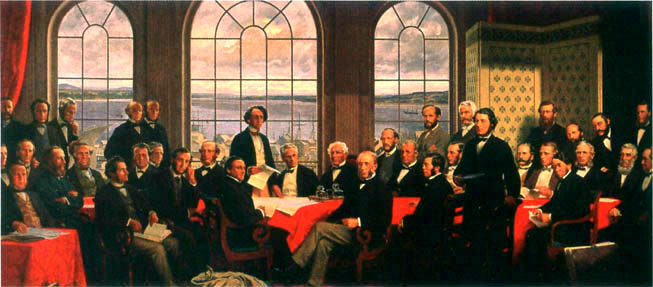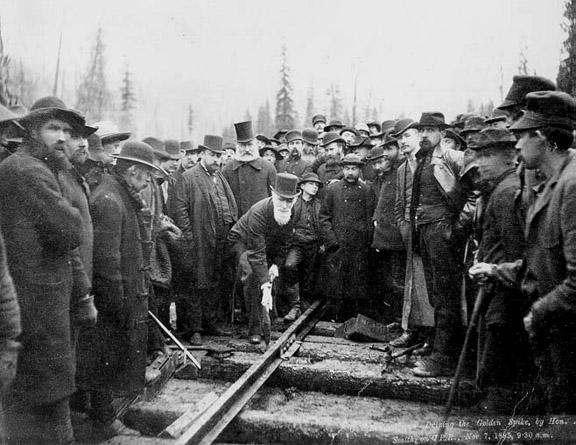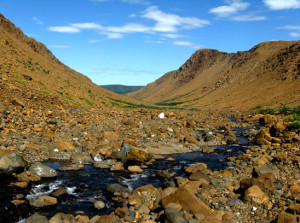As the world runs out of resources and the ice retreats, Canada’s sprawling Arctic territory is attracting interest from a host of different countries.
Two mighty ocean-going vessels: one Chinese and the other registered in the Netherlands. Both symbolic players in the world’s coming struggle for food, water, right of shipping transit and access to deep ocean resources. Each combines to form a single message for Canada as it faces renewed challenges to its Arctic sovereignty.
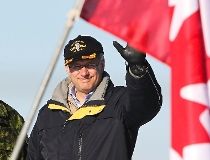 First the Dutch ship. As you read this, the giant fishing trawler FV Margiris is ready to drop its nets in the wild vastness of the Southern Ocean. There is nothing between the 9,499-ton factory ship and the Antarctic ice shelf but thousands of miles of open ocean – and an angry Australian government. It is well aware of the mega-ship’s capacity. On Thursday the government enacted legislation keeping the FV Margiris out of its territorial waters for at least two years.
First the Dutch ship. As you read this, the giant fishing trawler FV Margiris is ready to drop its nets in the wild vastness of the Southern Ocean. There is nothing between the 9,499-ton factory ship and the Antarctic ice shelf but thousands of miles of open ocean – and an angry Australian government. It is well aware of the mega-ship’s capacity. On Thursday the government enacted legislation keeping the FV Margiris out of its territorial waters for at least two years.
Here’s why. The 142-metre trawler, the second biggest of its type in the world, is capable of catching 250 tons of fish per day and has a cargo capacity of 6,200 tons. The catch is harvested via a towed 600-metre long net, processed onboard and then shipped direct to West Africa; an area that was once self sufficient in sea produce but now imports it as its own stocks have collapsed from over-fishing. The sheer scale of the venture raised concerns about the sustainability of domestic smaller-scale operations along the Australian coastline in the face of such competition.
Now look north to Canada’s sphere of interest. Here another mega-ship has quietly created a piece of history of its own. The Chinese icebreaker Xue Long anchored in the Icelandic harbour of Skarfabakki at the end of August 2012, after covering the 15,000km distance from its Yellow Sea homeport of Qingdao in less than six weeks via the Arctic. The Xue Long – or Snow Dragon – is hard to miss. At 14,997 tons, the slab sided vessel is the largest conventionally powered icebreaker in the world.
This was its fifth trip north and the longest, combining business with scientific research and geo politics. It follows China’s recent application to become an observer at the Arctic Council, made up of the United States, Russia, Canada, Sweden, Finland, Norway, Denmark and Iceland.
Nearly 170m from stem to stern, the Ukraine-built vessel has a beam of 23m and can sail through 1.1m of ice at a steady speed of 1.5 knots. China has a second already on order. Like comparably sized Russian and South Korean ships before it, the journey of the Xue Long, traversing the East Siberian Sea and the Barents Sea, was made possible by melting ice. Its northern passage shows the possibility of cutting sea route travel times from the Pacific to Europe by up to 40% compared to a transit through the Panama Canal.
That’s not all. With less ice, new fishing grounds become more readily available and natural resources like gas, oil and even iron ore are open to innovative miners using ice-reinforced carriers to get their product to market.
According to Professor Rob Huebert, a fellow of the Canadian Defence and Foreign Affairs Institute (CDFAI), this blend of receding Arctic ice and global competition for resources means Canada has a century of challenges ahead. “There are many non-Arctic nations more visible in this part of the world now simply because they can navigate more freely and without hindrance,” Dr. Huebert said. “Countries like South Korea, Japan and China know the Northwest Passage could be open for large parts of the summer in as little as 15 years. We know Chinese leaders alone have made no fewer than seven trips to Arctic nations since 2009. They have signed multiple agreements and sought to work more closely with Denmark and Greenland. They are looking to the future because they have to. Sheer population pressures drives that; the need to feed a growing numbers of mouths.”
Canada has traditionally claimed Arctic sovereignty and Prime Minister Stephen Harper has made no secret of his desire for Canada to be an active player in the region. It just needs the assets – military and non-military – to match the intent.
“Canada still has a limited ability to assert control in our northern waters due to a variety of factors,” Dr. Huebert said. “More research ships are coming, more transiting commercial traffic, more international players looking for everything from fishing grounds to accessible ore reserves and minerals. I¹m not certain Canada is ready for that.”
What is certain is that the looming fight for the Arctic has all the hallmarks of the 19th century struggle between Britain and Tsarist Russia over expansionist policies in the buffer states of Central Asia, known simply as the Great Game. This time it’s Canada versus everyone else and it’s our game to lose.
Source: Toronto Sun

